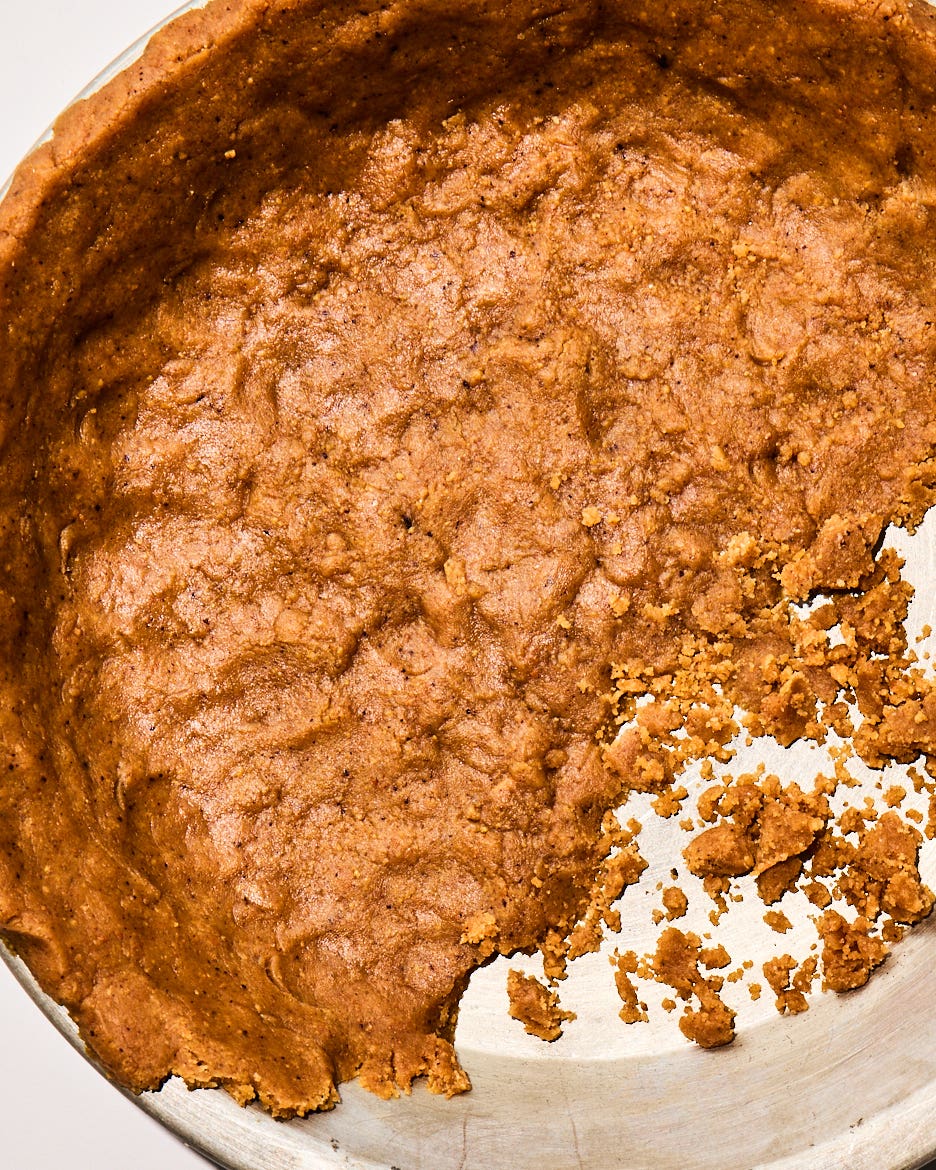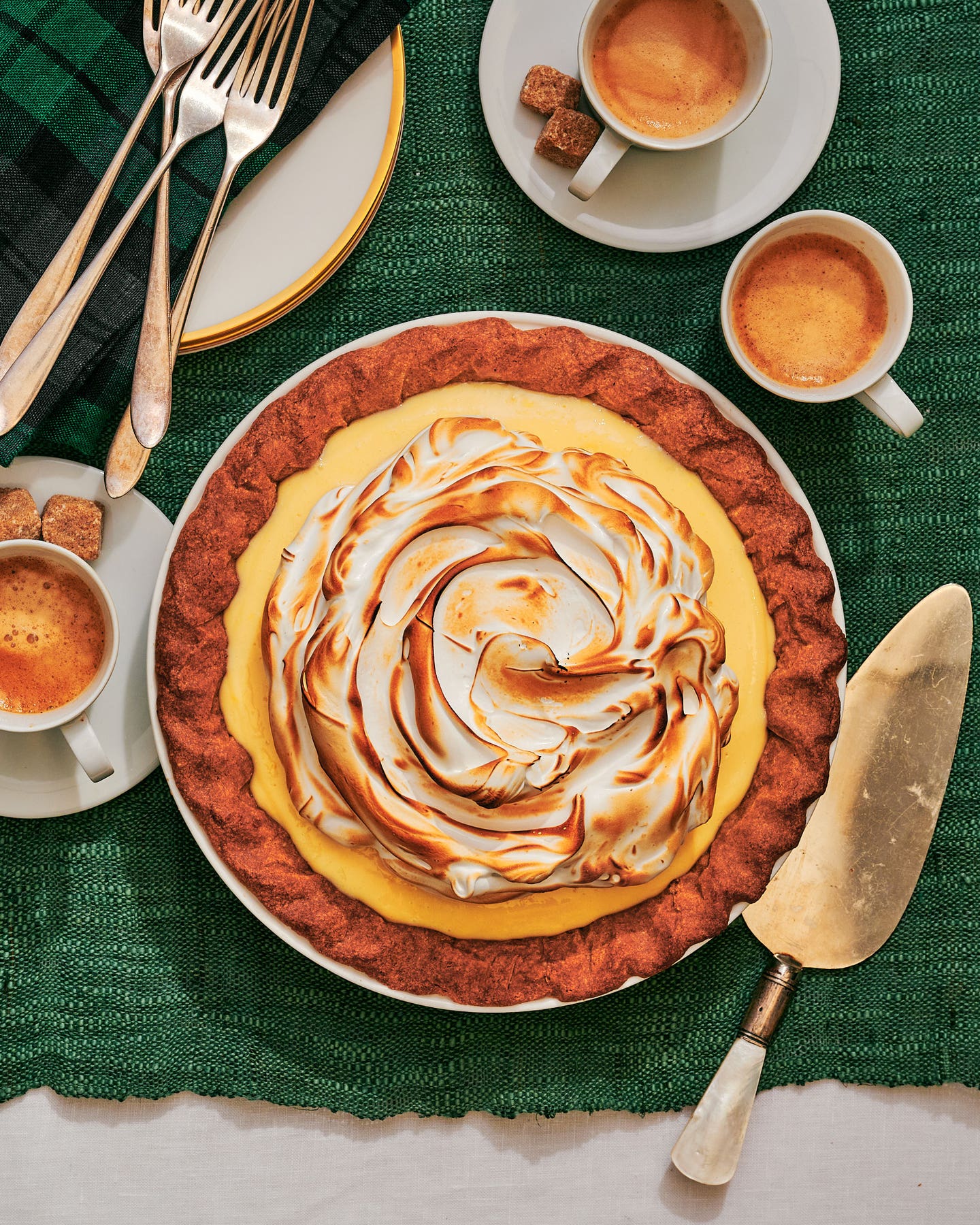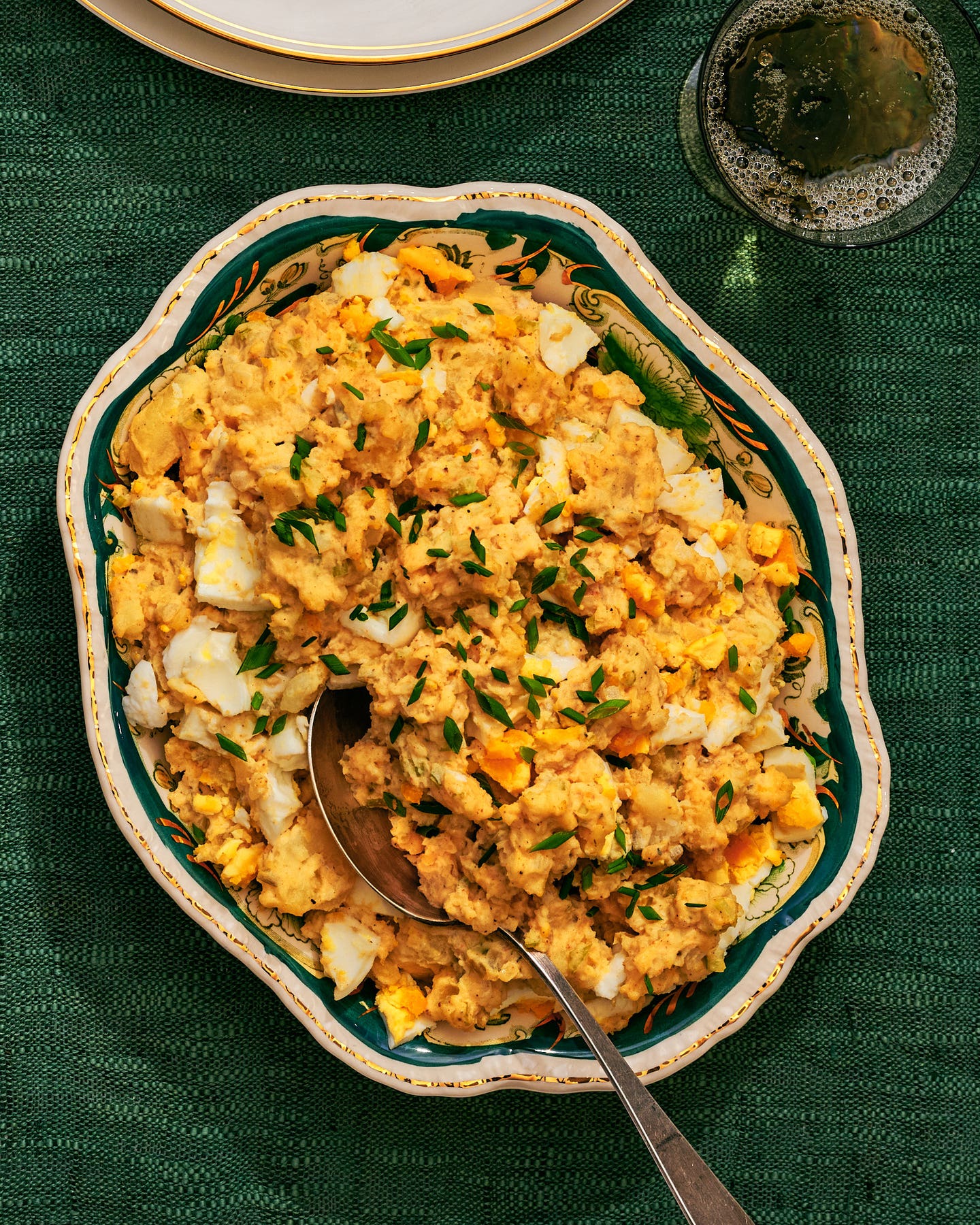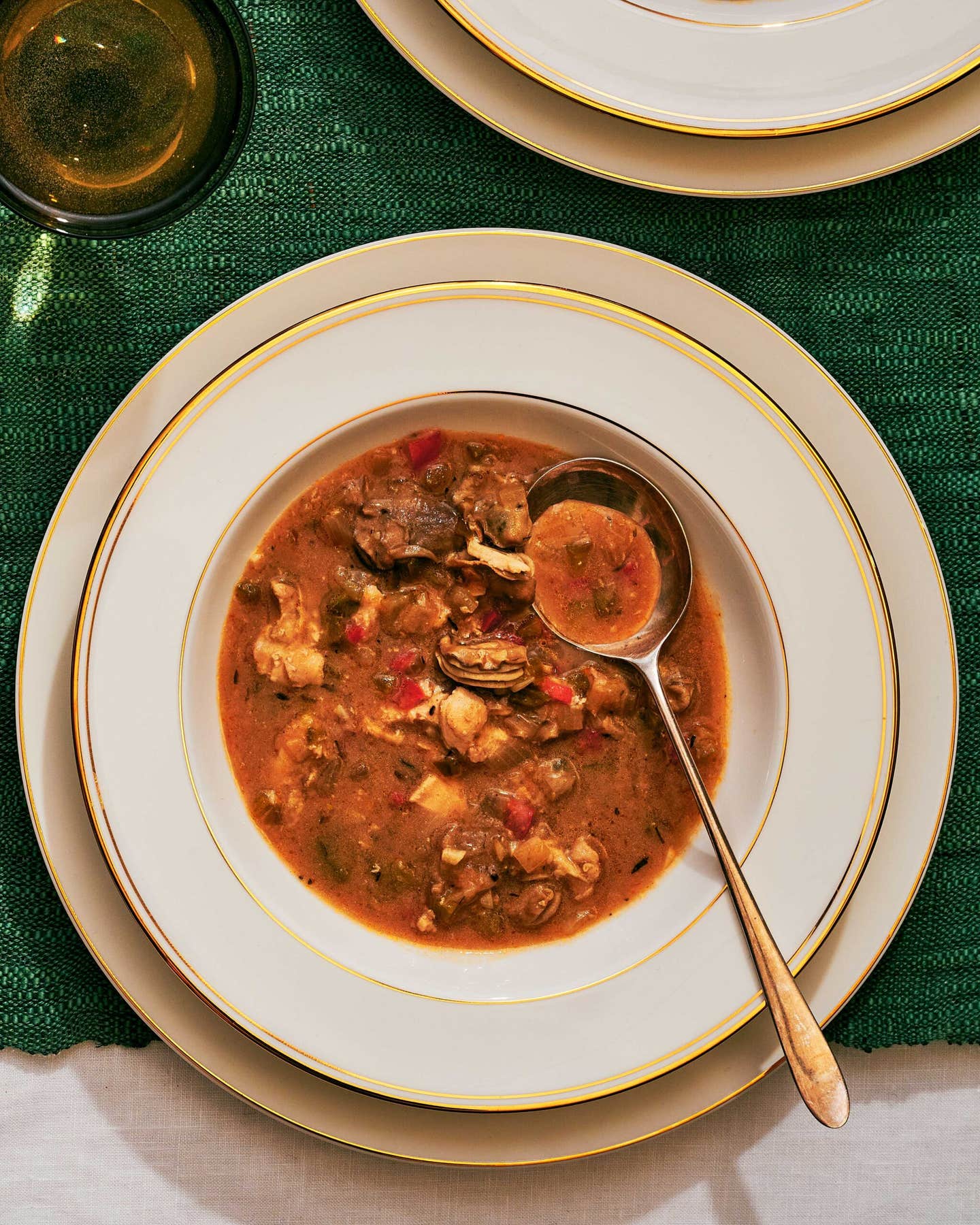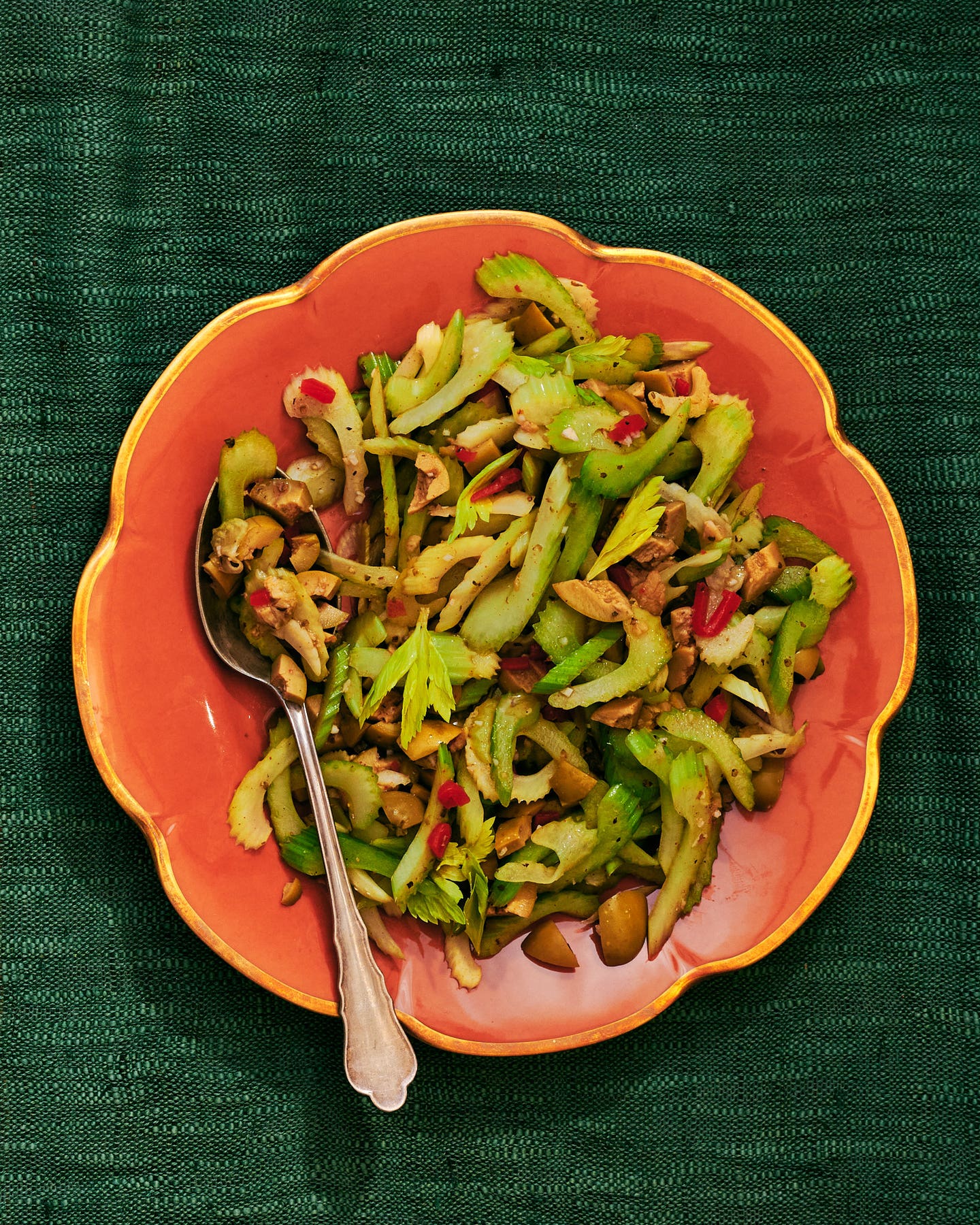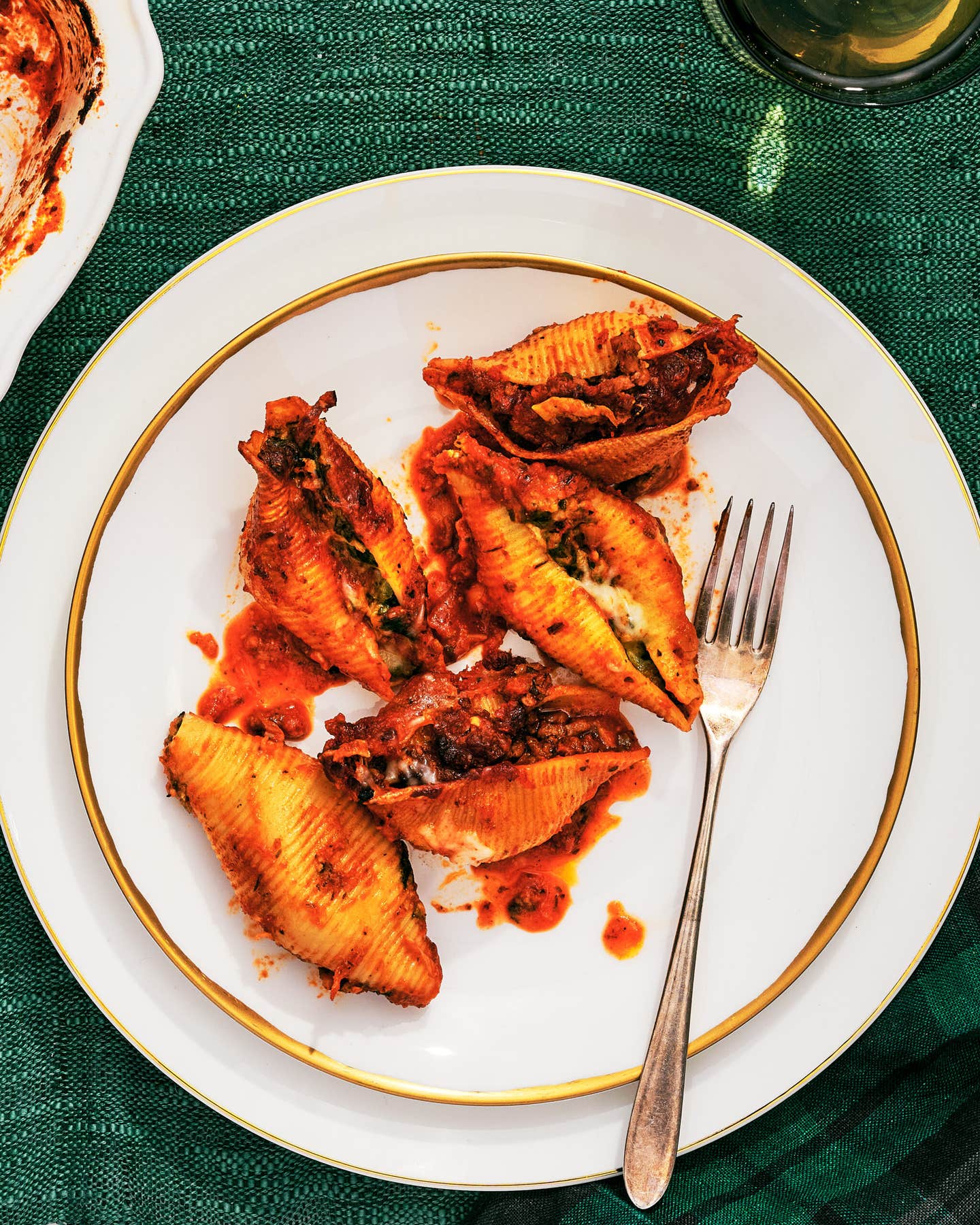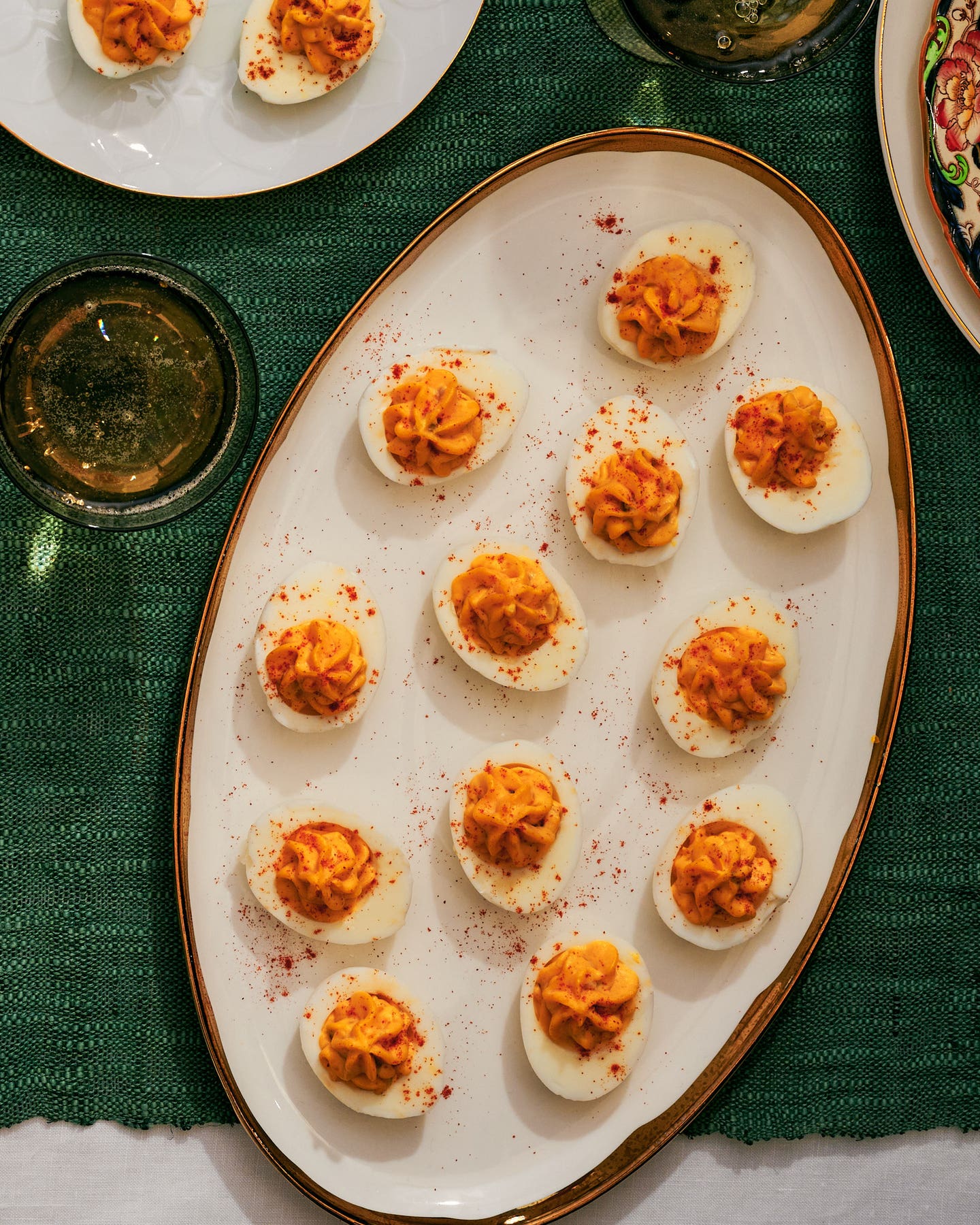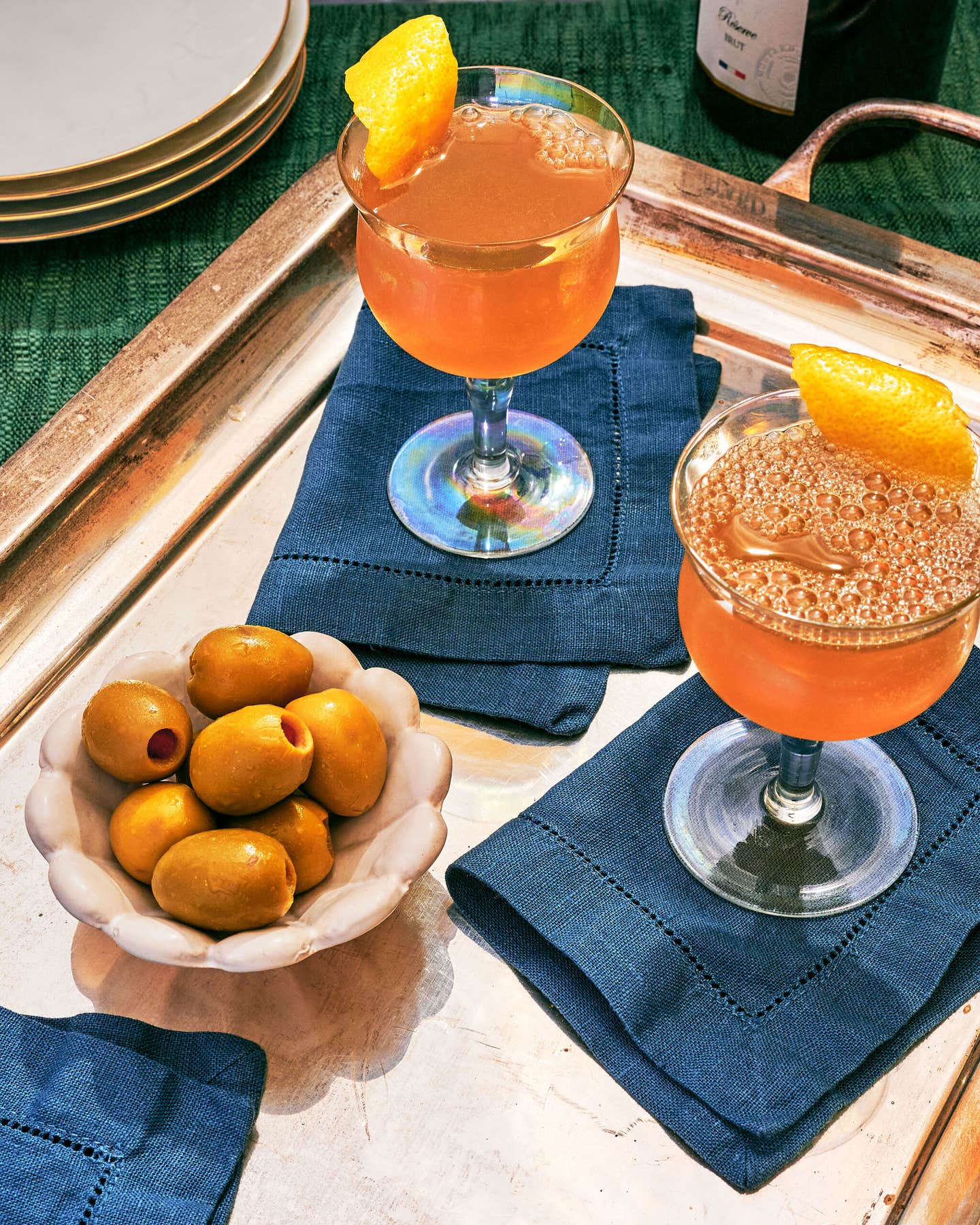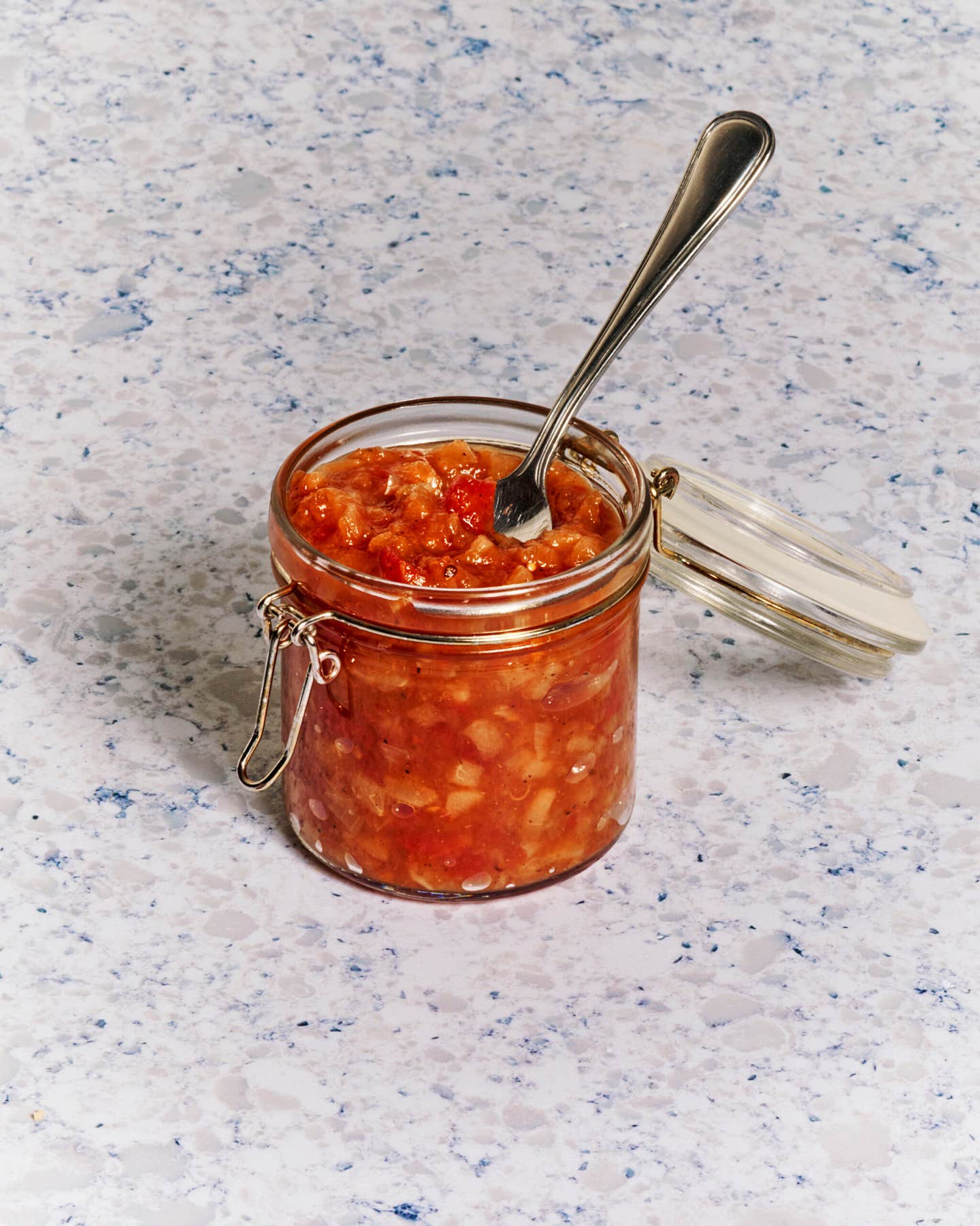Silky Salt Cod Brandade, By Way of Chicago
Mashed with potatoes, salt cod sings in this luscious French appetizer by way of Chicago chef Paul Kahan
- Serves
serves 6
- Time
50 minutes
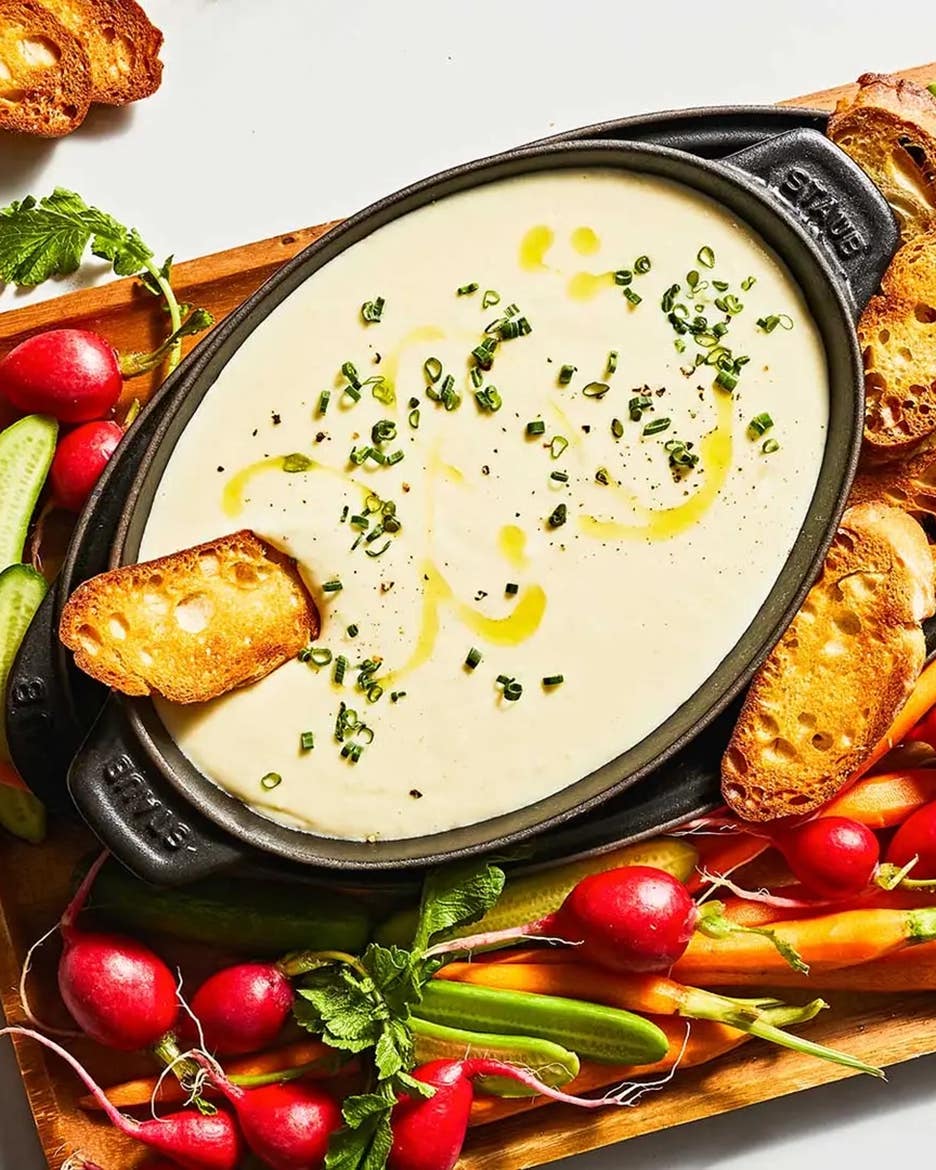
Coolness is nothing if not fleeting in the restaurant world, where it can be hard to keep track of the constant churn of openings and closings, so it’s always impressive when a place is able to stay relevant. Case in point: Chicago’s Avec. Opened in 2003 by local chef-restaurateur Paul Kahan, it arguably pioneered the millennial American small-plate wine bar, well before that became a cliché. While its modern design, communal tables, and pan-Mediterranean menu might draw some eye rolls from the uninitiated, the restaurant still holds up—and remains a must-stop spot for top chefs around the country, as I found out on a recent visit to the Windy City.
While the menu items at Avec change frequently, a handful of standbys endure, including the restaurant's O.G. brandade. In its simplest form, brandade is a dip of salt cod and olive oil that's made by pounding the two ingredients together into a paste. The dish can be found all over the Mediterranean, where it also goes by the name brandade de morue in France, brandada de bacalao in Spain, and baccalà mantecato in Italy. Served warm or at room temperature, the salty, rustic dip can be spread over crusty bread, stuffed into sweet red peppers, or breaded and fried into croquettes.
At Avec, Kahan and chef de cuisine Perry Hendrix honor the traditional Provençal preparation, which calls for whipping boiled potatoes and cream in with the fish. The added starch and butterfat give the finished dip that velvety richness so beloved in French cuisine, while a generous helping of raw garlic and peppery olive oil reminds you of the dish's distinctly southern origins. Simply served with toasted bread, Avec’s brandade is worth the pilgrimage—and worth recreating.
The dish is "stupid easy for a restaurant to pick up," says Kahan, which is why it falls into the "Food to Eat While You Cook" chapter of his upcoming book Cooking for Good Times—and is just as easy to pull off at home. The salt-cod base can be made in advance and frozen or refrigerated until your guests arrive, then whipped with an extravagant amount of cream and olive oil. A timeless dish that's both showy and effortless, it's just the thing for entertaining.
Soak the Salt Cod

The only truly time-consuming step in this recipe is soaking the fish. Salt cod, which has been referred to as the "prosciutto of the sea", is traditional in brandade, but haddock, pollock, or flounder cured in the same manner will also work just as well. Be sure to remove the skin and any pin bones, then weigh the cod before soaking; as the fish hydrates, it will swell and increase in size substantially. Soaking serves the dual purpose of hydrating the flesh while also drawing out excess salt. Changing the water a few times during soaking—at least three times over the course of 12 hours—will expedite the process.
Poach the Fish in Milk

After soaking the cod, drain and discard the soaking liquid, place the fish in a medium pot, and cover with whole milk. Bring to a simmer and cook very gently, just until the cod flakes easily when poked with a fork, about 30 minutes.
Poaching in milk will continue to draw more salt from the fish, while adding an extra note of sweetness. Some also say that the lactic acid in milk has a mild tenderizing effect on the often-stringy dried fish.
Boil the Potatoes

While the fish is cooking, boil the potatoes. Although most mashed potato recipes call for dry, starchy potatoes like russets, we find small waxy potatoes have a silkier consistency when puréed. Go for Yukon Gold, Red Bliss, or another yellow- or white-fleshed waxy potato.
Purée the Base

Add the drained cod and potatoes to the bowl of a food processor, along with garlic, butter, and just enough heavy cream to make a smooth paste. The raw cloves provide a bit of heat that offsets the cream’s fatty richness.
While brandade is traditionally pounded into an emulsion using a mortar and pestle, a high-powered food processor (we swear by our jumbo Cuisinart) achieves a velvety texture in a fraction of the time. Pulse until the mixture is completely smooth, scraping down the sides and and blade as needed. This method also avoids overworking the starch in the potatoes, which can lead to a gummy purée. If you don't have a food processor, a blender can also get the job done—just add more cream as needed to help the mixture catch in the blades of the blender.
Chill or Finish the Base

At this stage, the salt-cod mixture can be cooled, packed into an airtight container, and chilled until just before you are ready to serve the brandade. The base keeps well in the refrigerator for up to 5 days, or in the freezer for at least a month.
If serving immediately, transfer the mixture to a medium pot, then add the olive oil and remaining heavy cream.
Make the Emulsion

Set the pot over medium-high heat, and use a stiff silicone spatula or wooden spoon to incorporate the liquids into the brandade base. When the mixture is smooth and heated through, remove from the heat, taste, and season with kosher salt and freshly ground black pepper as needed.
Transfer the brandade to a heatproof bowl and top with thinly sliced chives and a drizzle of olive oil. Serve with crostini and crudités for dipping.
Ingredients
- 8 oz. salt cod, soaked overnight in the fridge and drained
- 2 cups whole milk
- 1 medium Yukon Gold potato (8 oz.), peeled
- 6 medium garlic cloves (1 oz.), peeled
- 1 Tbsp. unsalted butter, melted
- 1 tsp. freshly ground black pepper, plus more as needed
- 1½ cups heavy cream, divided
- ¼ cup extra-virgin olive oil, plus more for drizzling
- Kosher salt
- 1 Tbsp. thinly sliced chives
- Crostini or garlic toasts, for serving
- Crudités, for serving
Instructions
Step 1
Step 2
Step 3
Step 4
- Make the brandade base: In a medium pot over medium-low heat, add the fish and milk. Bring to a simmer and cook, stirring gently, until the fish is tender and beginning to fall apart, 25–30 minutes.
- While the fish is cooking, boil the potato. In a small pot over medium-high heat, add the potato and enough cold water to cover by 2 inches. Bring to a simmer and cook until the potato is tender when poked with a knife, about 20–25 minutes.
- Using a slotted spoon, transfer the fish and potato to a food processor, discarding the cooking liquid. Add the garlic, butter, pepper, and ½ cup of the cream; purée until the mixture is smooth, thick, and completely combined. At this point, you can store the brandade base in an airtight container in the refrigerator for up to 5 days or in the freezer for up to 1 month.
- In a medium pot over medium-high heat, add the brandade base, the remaining 1 cup cream, and the oil. Cook, stirring constantly with a wooden spoon or silicone spatula, until the liquids are incorporated and the brandade is heated through, 5–10 minutes. Remove from the heat, taste, and season with salt and more pepper as needed. Transfer to a heatproof bowl, and top with chives, a drizzle of oil, and more pepper. Serve with crostini and crudités.
Keep Reading
Continue to Next Story

